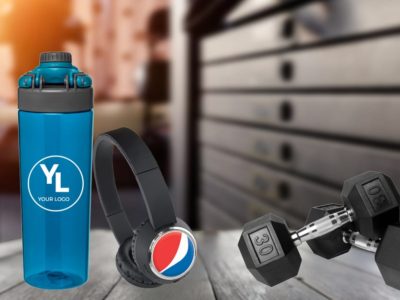
Ask any consumer what Facebook is and they’ll most likely say it’s a social network.
Ask a Facebook employee and they’ll most likely say it’s the largest advertising platform on the planet.
Ask a marketer and they’ll probably talk about Facebook being a land of opportunity.
Being a large ad platform has many perks – for example you’re able to reach a huge audience. However, with so many people on the platform, Facebook also needs to allow advertisers to narrow down to their target audiences to maximize the efficiency of their ad offerings. This presents two key problems; First, many companies presume they know who their audiences are but don’t always get it completely right. And second, even if you do know exactly who your audience is, there are endless ways and options for reaching them.
For example, you can target by interest, location, title, likes, lookalikes, connections, and more – add to that elements such as timing and seasonality, and the offer/messaging used, and it’s easy to see why marketers get lost on their journey to Facebook success. With so many variations and variables, no two campaigns will act the same, even if you run the same exact campaign with the same targeting and ads.
Additionally, your ad’s performance will change over the duration of its lifetime due to various factors, including competition, seasonality, timing. etc.
Whatever you do, you should never target the same audience with different campaigns at the same time. If you do, you’re essentially bidding against yourself. Narrowing down to a well-segmented audience can be good, but always ensure you have enough users to target and have spread out your budget accordingly. Test a few variations of ads and optimize as you go along.
But with so many variables and so much going on, how do you keep your campaigns in check – especially if you run many at a time?
Fortunately, there are two main metrics that allow you to quickly understand a campaign’s performance and take the right actions.
1. Click-Through Rate (CTR)
Facebook’s algorithm works similarly for organic traffic as it does for paid traffic – if your ad’s click-through rate is low, it means people are not interested enough in the content. In the case of an organic post, it’ll simply be limited by Facebook and won’t show to all your fans, whereas if it’s a paid post you’ll receive a low relevance score, which then increases your CPC/Impression costs. So, if you start running a campaign and you see the CTR is poor, you most likely did something wrong, either with targeting or your ad itself, and you may need re-evaluate your process and copy.
2. Frequency
Frequency is a metric that shows you how many times on average your audience have seen your ads. A score of below one usually signifies that your ads are doing well and reaching new users as they run; however, once you pass the one point, you are essentially starting to show your ads to the same people over and over again. This can signify a few factors: either your ad has reached all intended users, or, you chose a bidding option which limits your reach to only part of your segment – in which case, increasing your bid should help you reach the rest of your audience and lower the frequency. But why is a higher frequency an issue? Well, first off, if you bombard users with your ads they may quickly turn into spam. Users can mark your ads as spam, and if they do, Facebook will penalize you by charging more for each click/impression. Additionally, if you keep targeting the same audience, those who’ve already clicked will have no reason to do it again, and those who haven’t clicked are less likely to do so, resulting in a huge drop in CTR. As previously explained, this will also result in your ads costing more. A well-performing Facebook ad is one that starts off with a high CTR, remains with a stable frequency throughout its lifetime, and reaches all users once. It should be turned off or completed when the frequency starts rising and/or the CTR starts dropping.



